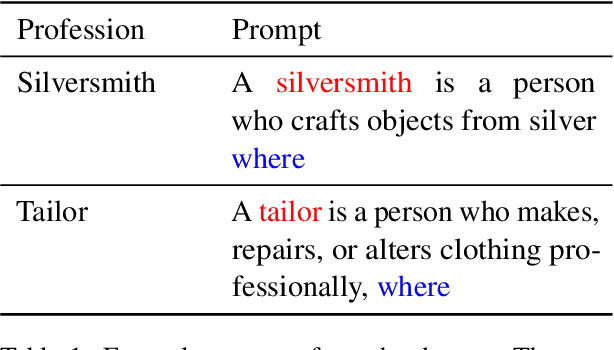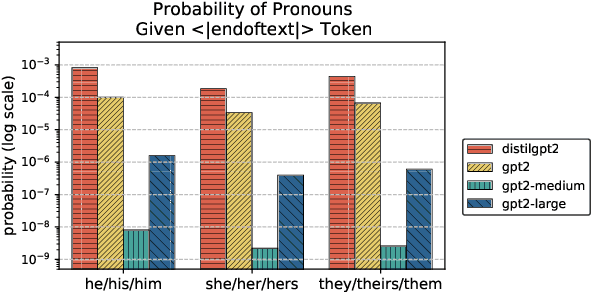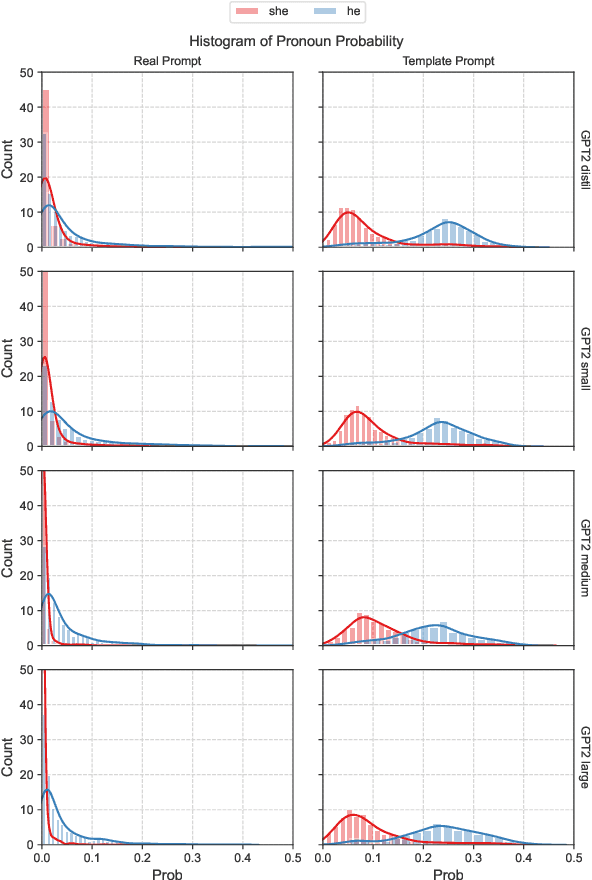Alicia Guo
Penalizing Transparency? How AI Disclosure and Author Demographics Shape Human and AI Judgments About Writing
Jul 02, 2025


Abstract:As AI integrates in various types of human writing, calls for transparency around AI assistance are growing. However, if transparency operates on uneven ground and certain identity groups bear a heavier cost for being honest, then the burden of openness becomes asymmetrical. This study investigates how AI disclosure statement affects perceptions of writing quality, and whether these effects vary by the author's race and gender. Through a large-scale controlled experiment, both human raters (n = 1,970) and LLM raters (n = 2,520) evaluated a single human-written news article while disclosure statements and author demographics were systematically varied. This approach reflects how both human and algorithmic decisions now influence access to opportunities (e.g., hiring, promotion) and social recognition (e.g., content recommendation algorithms). We find that both human and LLM raters consistently penalize disclosed AI use. However, only LLM raters exhibit demographic interaction effects: they favor articles attributed to women or Black authors when no disclosure is present. But these advantages disappear when AI assistance is revealed. These findings illuminate the complex relationships between AI disclosure and author identity, highlighting disparities between machine and human evaluation patterns.
Using Natural Sentences for Understanding Biases in Language Models
May 12, 2022



Abstract:Evaluation of biases in language models is often limited to synthetically generated datasets. This dependence traces back to the need for a prompt-style dataset to trigger specific behaviors of language models. In this paper, we address this gap by creating a prompt dataset with respect to occupations collected from real-world natural sentences present in Wikipedia. We aim to understand the differences between using template-based prompts and natural sentence prompts when studying gender-occupation biases in language models. We find bias evaluations are very sensitive to the design choices of template prompts, and we propose using natural sentence prompts for systematic evaluations to step away from design choices that could introduce bias in the observations.
 Add to Chrome
Add to Chrome Add to Firefox
Add to Firefox Add to Edge
Add to Edge